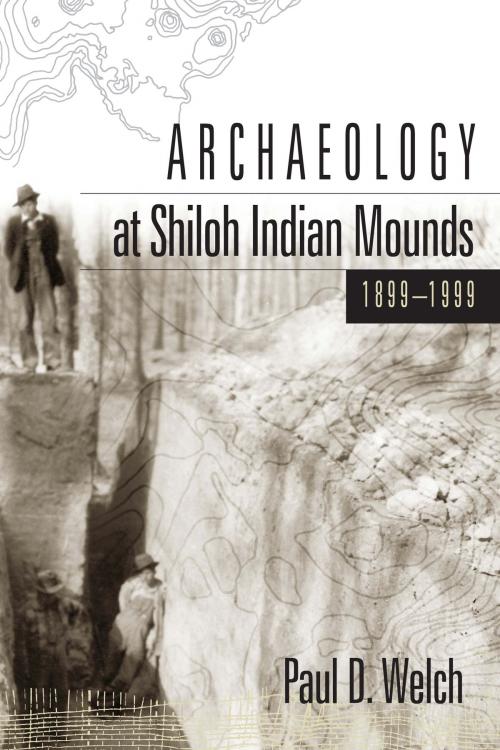Archaeology at Shiloh Indian Mounds, 1899-1999
Nonfiction, Social & Cultural Studies, Social Science, Archaeology| Author: | Paul D. Welch | ISBN: | 9780817384593 |
| Publisher: | University of Alabama Press | Publication: | March 16, 2010 |
| Imprint: | University Alabama Press | Language: | English |
| Author: | Paul D. Welch |
| ISBN: | 9780817384593 |
| Publisher: | University of Alabama Press |
| Publication: | March 16, 2010 |
| Imprint: | University Alabama Press |
| Language: | English |
100 years of archaeological excavations at an important American landmark.
The Shiloh Indian Mounds archaeological site, a National Historic Landmark, is a late prehistoric community within the boundaries of the Shiloh National Military Park on the banks of the Tennessee River, where one of the bloodiest battles of the Civil War was fought in April 1862. Dating between AD 1000 and 1450, the archaeological site includes at least eight mounds and more than 100 houses. It is unique in that the land has never been plowed, so visitors can walk around the area and find the collapsed remains of 800-year-old houses and the 900-meter-long palisade with bastions that protected the village in prehistoric times. Although its location within a National Park boundary has protected the area from the recent ravages of man, river bank erosion began to undermine the site in the 1970s. In the mid-1990s, Paul Welch began a four-year investigation culminating in a comprehensive report to the National Park Service on the Shiloh Indian Mounds.
These published findings confirm that the Shiloh site was one of at least fourteen Mississippian mound sites located within a 50 km area and that Shiloh was abandoned in approximately AD 1450. It also establishes other parameters for the Shiloh archaeological phase. This current volume is intended to make information about the first 100 years of excavations at the Shiloh site available to the archaeological community.
Paul D. Welch is an Associate Professor of Anthropology at Southern Illionois University, Carbondale, and is the author of Moundville's Economy.
100 years of archaeological excavations at an important American landmark.
The Shiloh Indian Mounds archaeological site, a National Historic Landmark, is a late prehistoric community within the boundaries of the Shiloh National Military Park on the banks of the Tennessee River, where one of the bloodiest battles of the Civil War was fought in April 1862. Dating between AD 1000 and 1450, the archaeological site includes at least eight mounds and more than 100 houses. It is unique in that the land has never been plowed, so visitors can walk around the area and find the collapsed remains of 800-year-old houses and the 900-meter-long palisade with bastions that protected the village in prehistoric times. Although its location within a National Park boundary has protected the area from the recent ravages of man, river bank erosion began to undermine the site in the 1970s. In the mid-1990s, Paul Welch began a four-year investigation culminating in a comprehensive report to the National Park Service on the Shiloh Indian Mounds.
These published findings confirm that the Shiloh site was one of at least fourteen Mississippian mound sites located within a 50 km area and that Shiloh was abandoned in approximately AD 1450. It also establishes other parameters for the Shiloh archaeological phase. This current volume is intended to make information about the first 100 years of excavations at the Shiloh site available to the archaeological community.
Paul D. Welch is an Associate Professor of Anthropology at Southern Illionois University, Carbondale, and is the author of Moundville's Economy.















